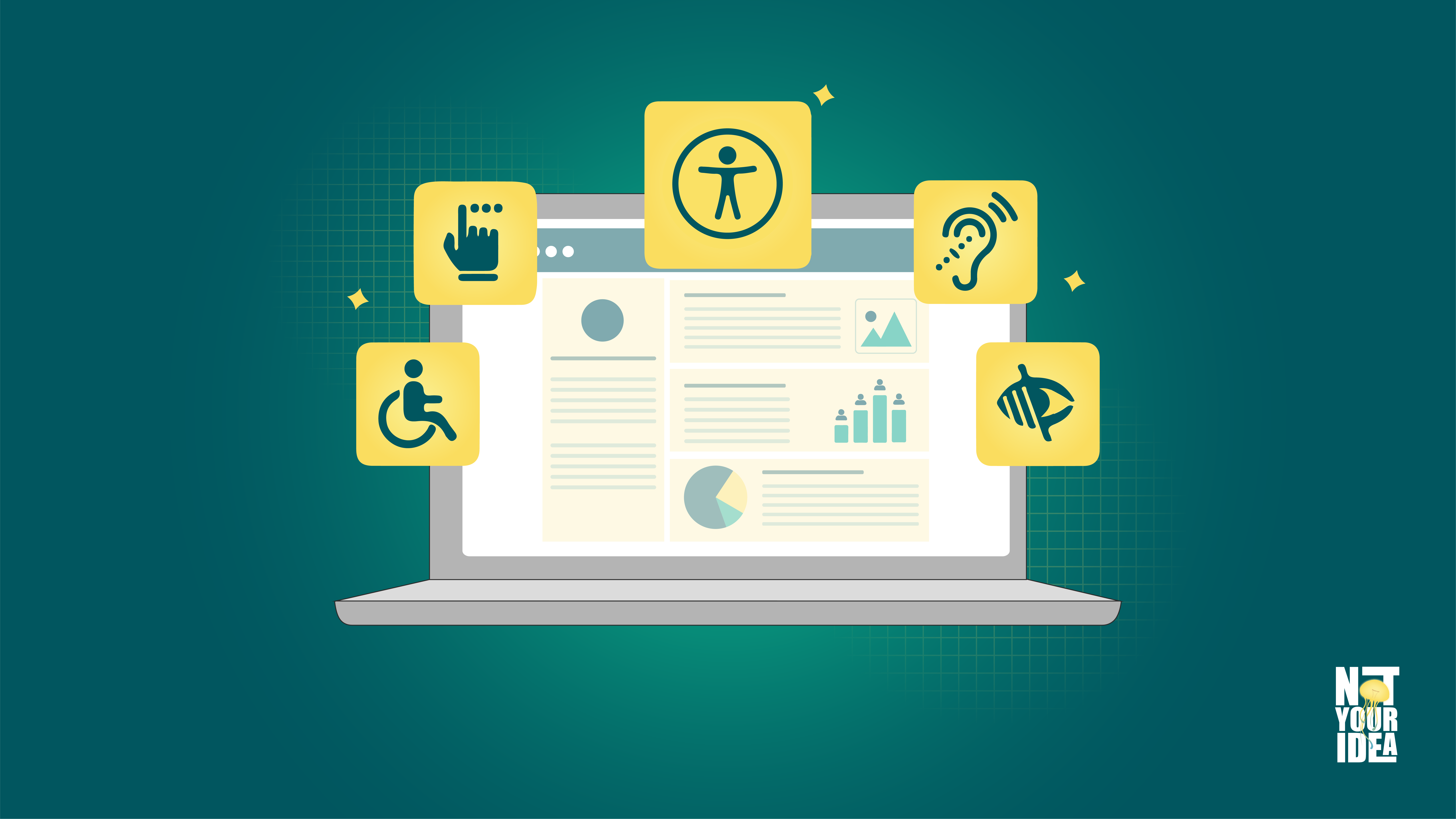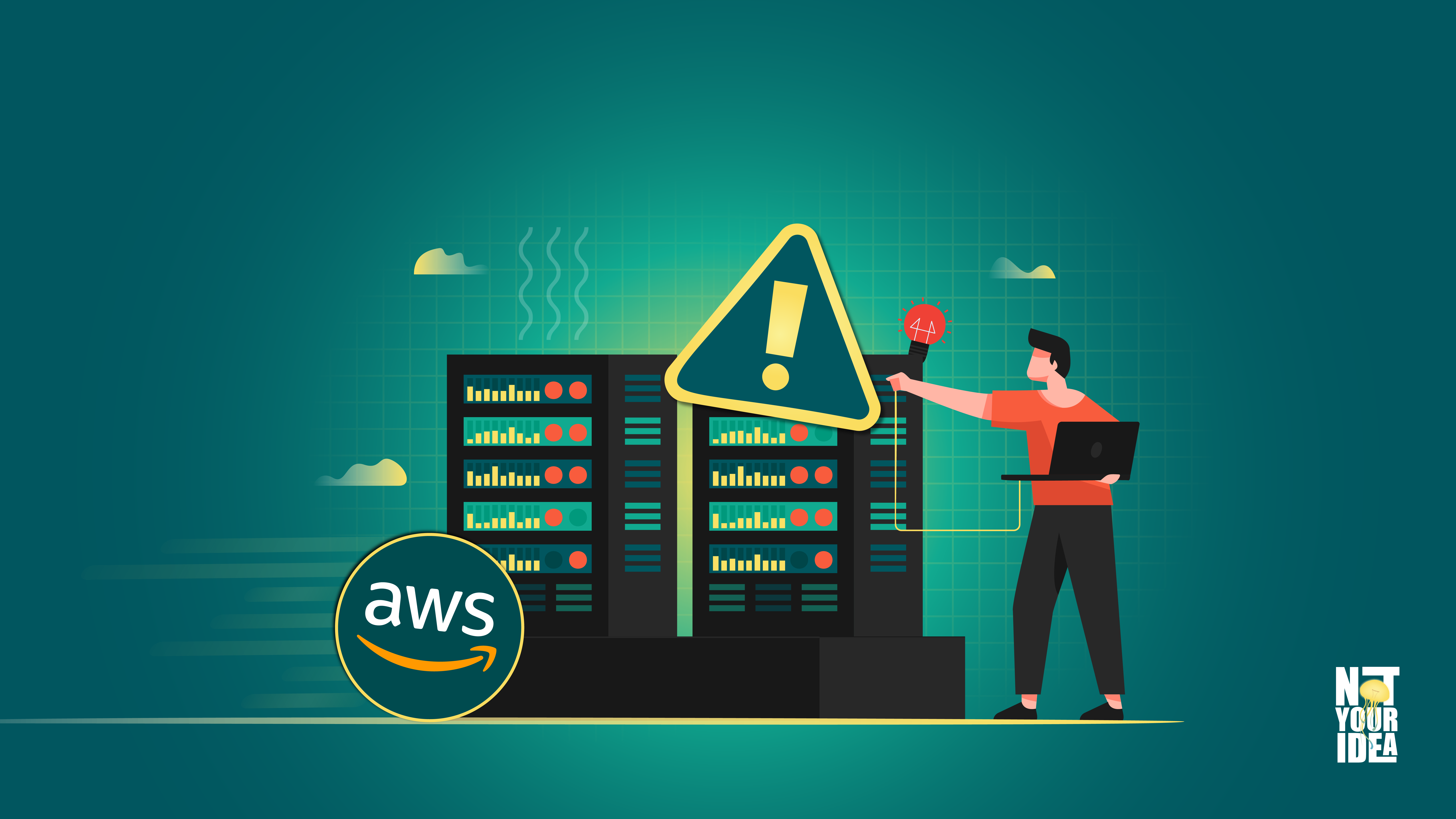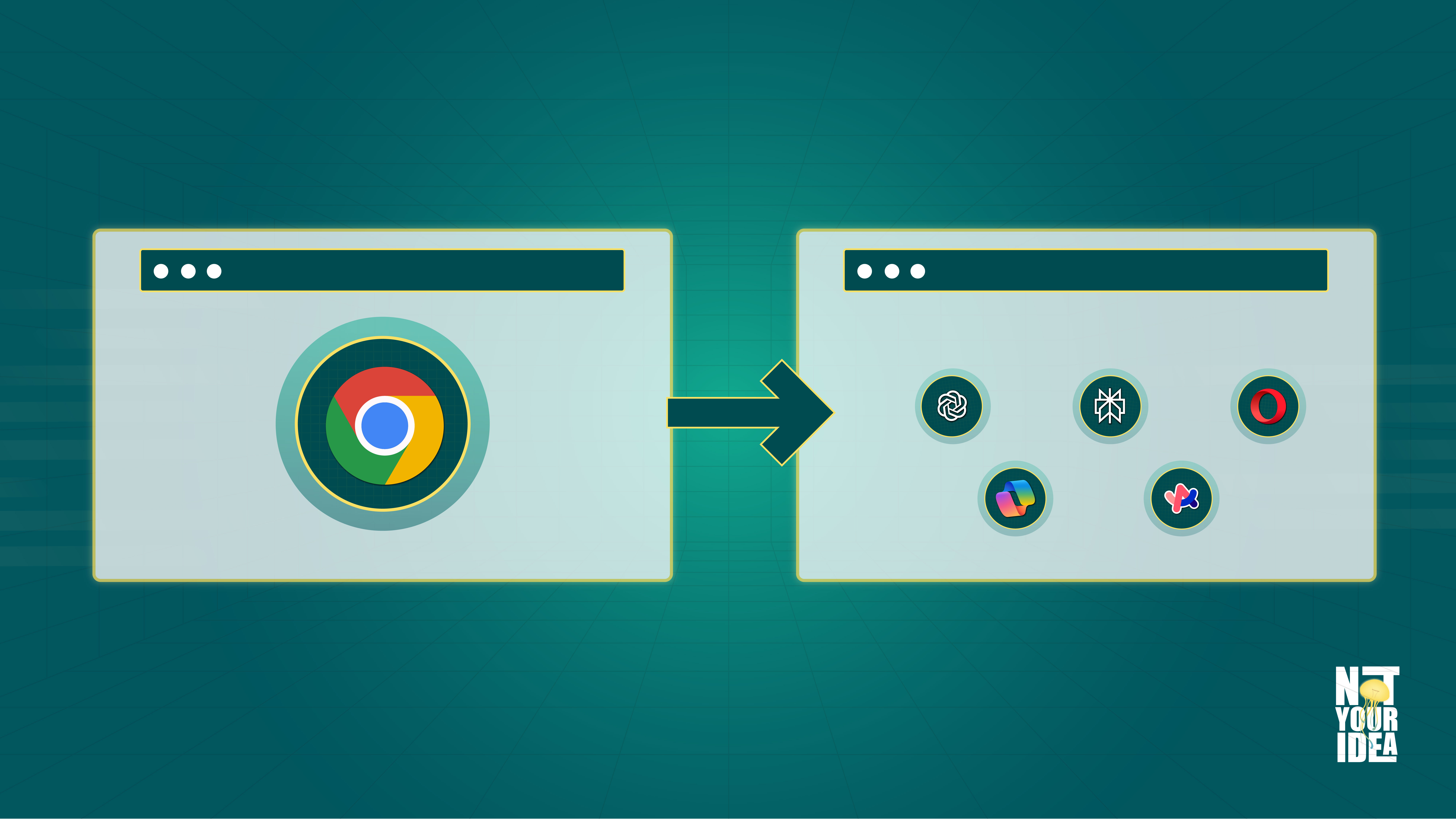In our ever-changing digital world, the internet has become the main source of information, services, and opportunity, but there are many that experience barriers when trying to access digital content due to disabilities. As businesses are relying on their online presence to reach customers, the concept of accessibility has become a “need-to-have” feature. This shift isn’t just about being compliant, it’s about having an inclusive design that benefits everyone and opening doors to previously untapped markets.
What's Content Accessibility?
Content accessibility is the process of designing and developing digital content (websites, applications, documents, and multimedia) that can be accessed and used by everyone, including people with a variety of disabilities. But it’s important for so much more than just helping people with permanent disabilities.
It also helps users with temporary disabilities (like someone with a broken arm who can’t use a mouse) or those with situational limitations (for example, trying to view a screen in glaring sunlight).
At its core, web or content accessibility is about removing barriers so that all users have equal access to information and functionality.
Why Web Accessibility Is Important
Implementing web accessibility provides significant benefits far beyond legal compliance. Following are some of the benefits-
Broader Market Reach
The global disability market represents over ₹13 trillion in annual disposable income. By developing accessible websites, companies not only reach a larger proportion of this market but also improve experiences for users with temporary disabilities or situational limitations.
Better SEO Outcomes
Many of the practices of accessibility are the same as, or aligned with, best practices in search engine optimization. Using proper heading structures, descriptive alt text for images, clear and direct navigation, and semantic HTML markup, all assist search engines to understand and rank our content more accurately. In addition, Google’s search engine algorithms favour accessible websites, providing better visibility and contributing to organic traffic.
Improved User Experience for Everyone
Features of accessibility often support usability for everyone. Some examples of these are - captions support users in noisy environments, keyboard navigation is a productivity aid for power users, and logical layout and flow create clearer paths for everyone when transitioning through a site.
Better Brand Reputation
Any company that embraces accessibility sends an important message of social responsibility and inclusion. This will resonate with consumers, employees, stakeholders, etc., who increasingly support organizations committed to diversity and inclusion.
Reduced Legal Risk
Implementing accessibility diminishes the risk of costly litigation and regulatory fines. It’s always cheaper to prevent the issue than to remediate the issue.
The legal landscape surrounding accessibility has become increasingly stringent. In the United States, ADA lawsuits targeting inaccessible websites have surged, with thousands of cases filed annually. The European Union's Web Accessibility Directive and similar regulations worldwide have established accessibility as a legal requirement, not just a best practice.
Compliance with WCAG
The Web Content Accessibility Guidelines (WCAG) serve as the international standard for web accessibility. It provides comprehensive criteria for making web content accessible to people with disabilities. WCAG defines three levels of conformance: A (minimum), AA (standard), and AAA (enhanced). Level AA compliance, which is most targeted, is also commonly referenced in legal requirements and procurement standards.
FAQs
Why is Accessible Content Important?
Content accessibility is important because content with good structure, aligned with SEO, can create awareness and be used for attracting the intended audience.
What Are the 4 Pillars of Accessible Content?
The 4 pillars of accessible content are perceivable, operable, understandable, and robust.
Who Benefits From Accessible Content?
Accessible content would benefit all individuals, including those suffering from disabilities, to access and understand what is being viewed by them on their devices.
What Makes a Website Not Accessible for the Disabled?
A website is considered to be not accessible for the disabled if it does not have alt text in the images, has poor color contrast, videos do not have captions, lacks keyboard navigation, and is unable to access forms.
What is a Checklist for Accessible Content?
A checklist for accessible content includes structured content, alternative text in images, high contrast colors, and avoiding the use of PDFs except for optional downloads.



